The allure of exotic pets has captivated human imagination for centuries. From tiger cubs to raccoons, monkeys to wolves, the desire to form unique bonds with wild animals often overshadows the significant consequences of removing them from their natural habitats. While conventional pets like dogs and cats have undergone thousands of years of domestication to adapt to human households, wild animals remain just that—wild. The growing trend of keeping exotic creatures as household companions presents serious concerns for animal welfare, public health, and conservation efforts worldwide. This article explores the compelling reasons why some wild animals, despite their charisma and appeal, should never cross the threshold from wilderness to living room.
The Fundamental Difference Between Domesticated and Wild Animals
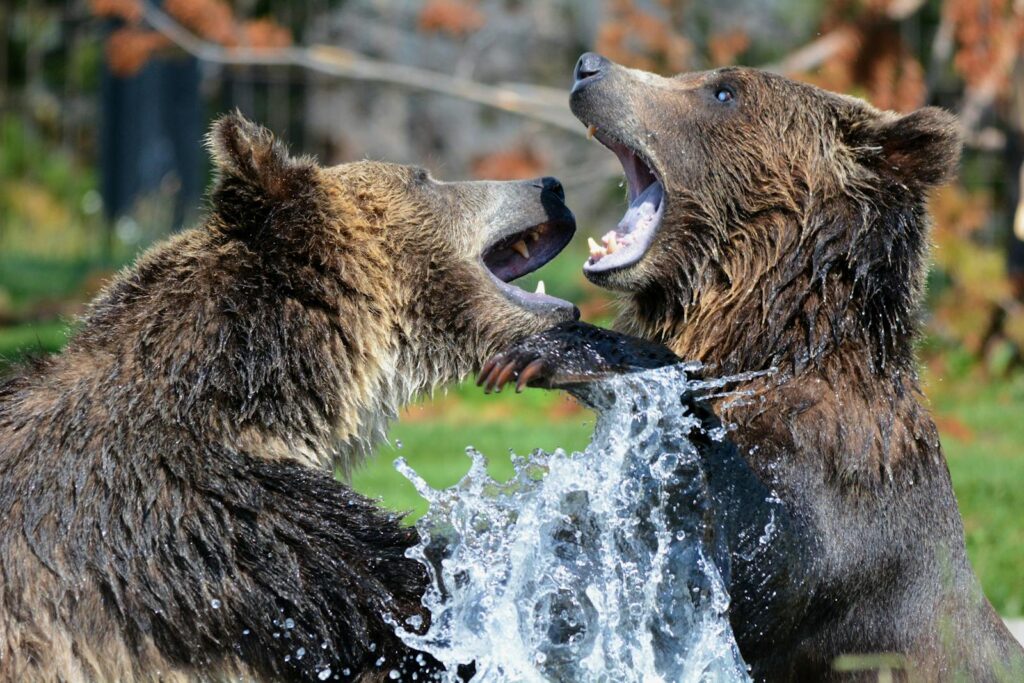
Domestication isn’t simply taming an individual animal—it’s a complex genetic process that occurs over many generations. Dogs, for instance, have co-evolved with humans for at least 15,000 years, with their genetics, behavior, and physiology gradually changing to adapt to human environments. Wild animals, by contrast, retain their natural instincts and biological needs regardless of where they’re raised. Even when born in captivity and hand-raised from birth, wild animals don’t undergo the genetic changes necessary for true domestication. Their natural behaviors—hunting, territory marking, mating, and social structures—remain hardwired, creating an inevitable conflict between their instincts and the confines of human homes. This fundamental mismatch is the root cause of many welfare and safety issues that arise when wild animals are kept as pets.
Physical and Psychological Needs That Cannot Be Met in Captivity

Wild animals have evolved specific adaptations to thrive in their natural environments, many of which cannot be adequately replicated in domestic settings. A tiger naturally roams territories spanning up to 100 square kilometers—a space impossibly larger than even the most generous private enclosure. Primates require complex social hierarchies and constant cognitive stimulation that even well-intentioned owners cannot provide. Birds of prey need to fly vast distances daily, while many reptiles require precise temperature gradients, humidity levels, and ultraviolet light exposure that are difficult to maintain consistently. The inability to express natural behaviors leads to severe psychological distress in captive wild animals, often manifesting as stereotypic behaviors—repetitive, purposeless movements like pacing, swaying, or self-mutilation. These behaviors indicate profound suffering and are common in wild animals kept in inappropriate captive conditions.
The Unpredictable Nature of Wild Animal Behavior

Even seemingly docile wild animals retain unpredictable behaviors that can emerge suddenly and with devastating consequences. Chimpanzees, for example, may be playful and affectionate as juveniles but become increasingly aggressive as they mature, capable of inflicting severe injuries with their immense strength. Travis, a “pet” chimpanzee in Connecticut, lived peacefully with his owner for years before suddenly attacking a family friend in 2009, causing catastrophic injuries. Similarly, big cats like tigers and lions have inflicted fatal injuries on their caretakers despite years of seemingly close bonds. This unpredictability stems from wild animals’ natural instincts and responses to stress, territorial threats, or mating urges—triggers that may not be apparent to human caretakers until it’s too late. Unlike domesticated animals that have been selectively bred for predictable temperaments, wild animals retain their full spectrum of natural defensive and aggressive behaviors.
Specialized Dietary Requirements

Wild animals often have extraordinarily specific nutritional needs that are challenging or impossible to meet in captivity. Koalas, for instance, subsist almost exclusively on eucalyptus leaves from specific tree species, containing toxins they’ve evolved to process—a diet impossible to replicate properly outside Australia. Many carnivores require whole prey items with bones, fur, and organs that provide essential nutrients absent in processed meat. Even seemingly straightforward diets, like those of fruit-eating primates, are deceptively complex; wild fruits differ significantly in nutritional composition from commercially available varieties. Malnutrition in captive wild animals is distressingly common, leading to metabolic bone disease, immune dysfunction, reproductive issues, and shortened lifespans. The subtle complexities of wild diets have evolved over millions of years and often involve seasonal variations, specific forage behaviors, and nutritional components that science has yet to fully understand.
Public Health and Zoonotic Disease Risks

The COVID-19 pandemic has highlighted the serious risks of zoonotic diseases—infections that jump from animals to humans—with wild animals serving as reservoirs for numerous pathogens. Primates can transmit herpes B virus, which is often fatal to humans despite causing mild or no symptoms in the animals themselves. Reptiles and amphibians frequently carry Salmonella bacteria, while raccoons can harbor rabies and a roundworm that causes severe neurological damage in humans. Many exotic rodents can transmit hantaviruses, lymphocytic choriomeningitis, and monkeypox—the latter causing a multi-state outbreak in 2003 linked to pet prairie dogs. Close contact with wild animals in domestic settings creates ideal conditions for disease transmission, with owners often lacking awareness of proper hygiene protocols or the symptoms of zoonotic infections. The risk extends beyond the immediate household to the broader community, as evidenced by numerous documented outbreaks traced back to exotic pets.
The Environmental Impact of the Exotic Pet Trade

The demand for exotic pets drives significant environmental harm through both legal and illegal wildlife trafficking. Populations of scarlet macaws, ball pythons, and slow lorises have declined dramatically in their native habitats due to collection for the pet trade. For every exotic animal that reaches a pet store or private collection, many others die during capture or transport—mortality rates approaching 90% for some species. When owners inevitably find they cannot manage exotic pets, many animals are released into non-native environments, creating invasive species problems. The Florida Everglades now hosts over 500 non-native species, including Burmese pythons that have decimated native wildlife populations, largely due to escaped or released pets. Globally, the exotic pet trade contributes to biodiversity loss, damages fragile ecosystems, and often involves severe cruelty in the capture and transport of animals. The environmental footprint extends far beyond the individual animal to impact entire ecosystems.
Legal Restrictions and Enforcement Challenges

Regulations governing exotic pet ownership vary dramatically across jurisdictions, creating a complex and often ineffective patchwork of laws. While some states ban keeping certain species like big cats or primates, others have few restrictions, allowing dangerous animals to be legally kept as pets. Federal laws like the Endangered Species Act and the Lacey Act provide some oversight for threatened species and interstate transport, but enforcement is chronically underfunded and understaffed. Even in areas with strict regulations, illegal ownership remains common due to limited inspection resources and the ease of purchasing exotic animals through online marketplaces or across state lines. The lack of standardized care requirements or owner licensing in many regions means that even legal exotic pet ownership often proceeds without adequate oversight or welfare standards. This regulatory confusion creates significant challenges for law enforcement, animal welfare organizations, and wildlife officials attempting to address the problems associated with private ownership of wild animals.
The Financial Burden of Exotic Pet Ownership

The true cost of properly caring for exotic animals extends far beyond their initial purchase price, often reaching prohibitive levels for private owners. A tiger requires approximately $10,000 annually just for food, with additional expenses for appropriate enclosures, veterinary care, and safety measures potentially reaching hundreds of thousands of dollars over the animal’s lifetime. Specialized veterinary care for exotic species is both expensive and often difficult to access, as most veterinarians lack training in exotic animal medicine. Primates may live 40+ years, requiring a lifetime financial commitment extending far beyond most owners’ planning horizons. Insurance costs also rise dramatically when housing dangerous animals, with many homeowner policies explicitly excluding coverage for exotic pets. Many well-intentioned owners dramatically underestimate these financial commitments, leading to compromised care, abandonment, or euthanasia when resources become strained. The financial reality means that even affluent private owners rarely provide the level of care these animals would receive in professional, accredited facilities.
The Psychological Impact on Wild-Caught Animals

Wild-caught animals suffer profound psychological trauma when removed from their natural environments and social structures. Many species form complex family bonds or social hierarchies that are abruptly severed during capture, causing severe stress and lasting behavioral changes. Parrots, highly intelligent and social creatures, often develop destructive behaviors like feather plucking and self-mutilation when isolated from their flocks and confined to cages. Elephant calves separated from their mothers and herds exhibit symptoms comparable to post-traumatic stress disorder in humans, including abnormal stress hormone levels that persist for decades. The capture process itself frequently involves violent methods—mother monkeys are often killed so their infants can be taken for the pet trade. Even with the best intentions, private owners cannot replicate the psychological security these animals derive from their natural social groupings and environments, resulting in lifelong psychological damage that manifests in abnormal behaviors and increased aggression.
The Ethical Questions of Wild Animal Ownership

The practice of keeping wild animals as pets raises profound ethical questions about human relationships with wildlife. Fundamental to this debate is whether humans have the right to possess wild creatures simply for personal pleasure or status when doing so compromises the animals’ welfare and natural behaviors. Unlike domesticated animals that have co-evolved with humans, wild species have not “consented” through generations of selective breeding to live alongside people. The motivation for exotic pet ownership often centers on the owner’s desires rather than the animal’s needs—the appeal of owning something rare, dangerous, or impressive. This perspective treats sentient beings as commodities rather than individuals with their own interests and welfare considerations. Increasingly, ethicists, conservationists, and animal welfare experts argue that true respect for wildlife means appreciating these animals in their natural habitats rather than attempting to convert them into companions. The ethical framework surrounding this issue continues to evolve as science reveals more about animal consciousness, emotional lives, and the ecological importance of species remaining in their natural roles.
Alternatives to Exotic Pet Ownership
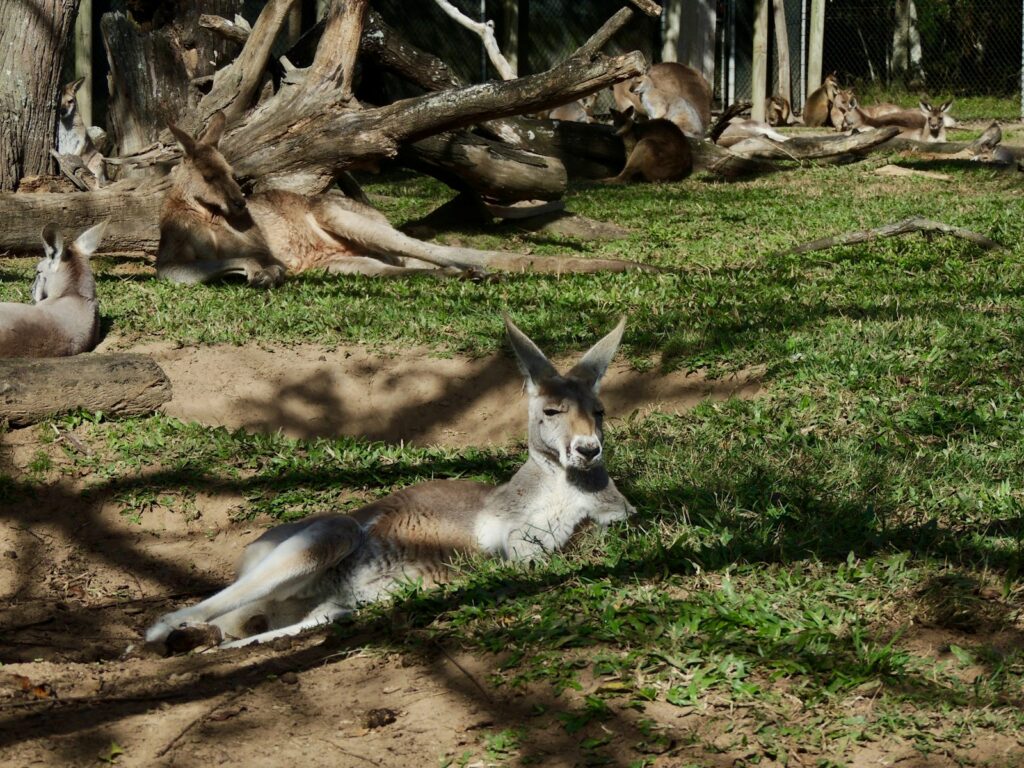
For those drawn to exotic animals, numerous alternatives exist that satisfy the desire for connection without compromising animal welfare or public safety. Wildlife sanctuaries and rehabilitation centers often welcome volunteers, providing hands-on experience with exotic species while contributing to legitimate conservation work. Photography, whether amateur or professional, offers a way to engage with wildlife that respects their freedom and natural behaviors. Many accredited zoos and aquariums offer “behind the scenes” programs or adoption sponsorships that create meaningful connections while supporting professional care standards. For those specifically seeking animal companionship, domestic species like dogs and cats come in remarkable varieties and can form deep bonds with their owners without the welfare concerns associated with exotic pets. Conservation tourism, when conducted ethically, provides unforgettable wildlife encounters while financially supporting habitat protection. These alternatives channel the fascination with exotic animals in directions that benefit both the wildlife and the interested humans.
The Role of Sanctuaries and the Rescue Crisis
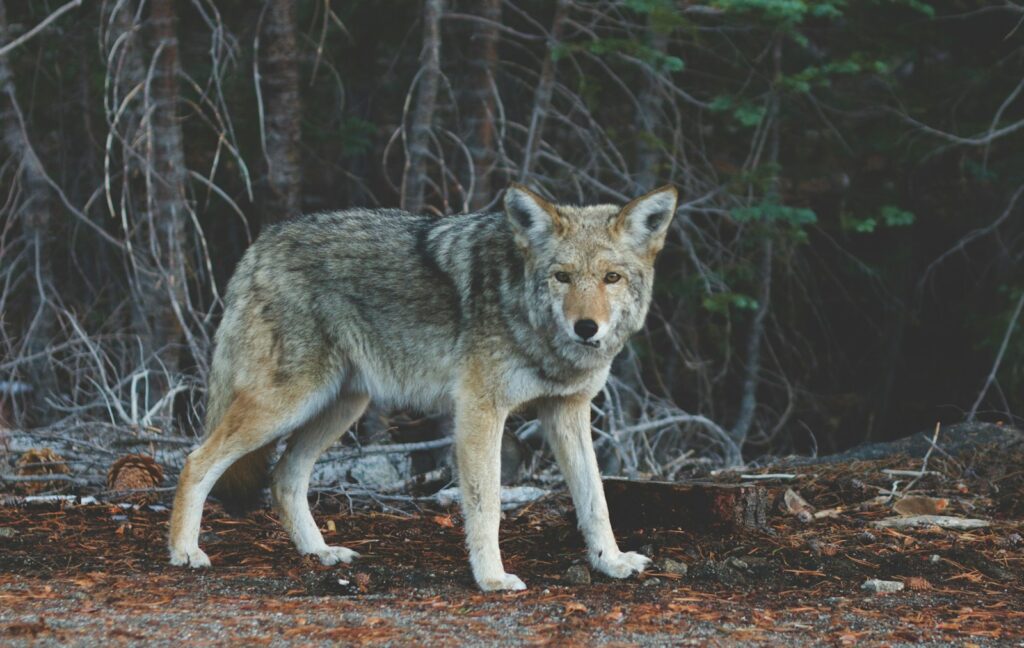
As reality sets in for exotic pet owners, legitimate wildlife sanctuaries face overwhelming demands to accept surrendered or confiscated animals. These non-profit organizations often operate at maximum capacity with waiting lists stretching years for common species like tigers, bears, and primates. The Performing Animal Welfare Society in California reports turning away hundreds of requests annually to take unwanted exotic pets. Unlike shelters for domestic animals, exotic animal sanctuaries require specialized facilities, expert staff, and substantial funding to provide appropriate lifelong care—a single tiger can cost a sanctuary over $15,000 annually. The financial burden on these organizations is enormous, with most relying entirely on donations to provide proper housing, nutrition, and veterinary care for animals that may live decades in captivity. Many former pets arrive with severe medical issues from improper care, requiring extensive rehabilitation. The sanctuary system, while vital, cannot sustainably accommodate the volume of exotic animals kept as pets, underscoring the importance of addressing the issue at its source by discouraging private ownership.
Conclusion: Respecting the Wild Nature of Wildlife

The compelling evidence across multiple dimensions—animal welfare, public safety, conservation impact, and ethical considerations—builds a powerful case against keeping wild animals as pets. While the desire to connect with wildlife is understandable and even admirable, this connection is best fostered through observation, conservation support, and appreciation of animals in their natural contexts rather than through possession. Domesticated animals have evolved alongside humans for millennia to thrive in our homes, while wild animals, regardless of how they’re raised, remain fundamentally wild in their genetic makeup and behavioral needs. The most profound respect we can show these magnificent creatures is to preserve their habitats, support conservation efforts, and admire them from an appropriate distance that honors their true nature. As our understanding of animal cognition, welfare, and ecological relationships continues to advance, society increasingly recognizes that wild animals deserve to remain wild—not as possessions, but as fellow inhabitants of our shared planet whose lives have intrinsic value beyond human utility or entertainment.



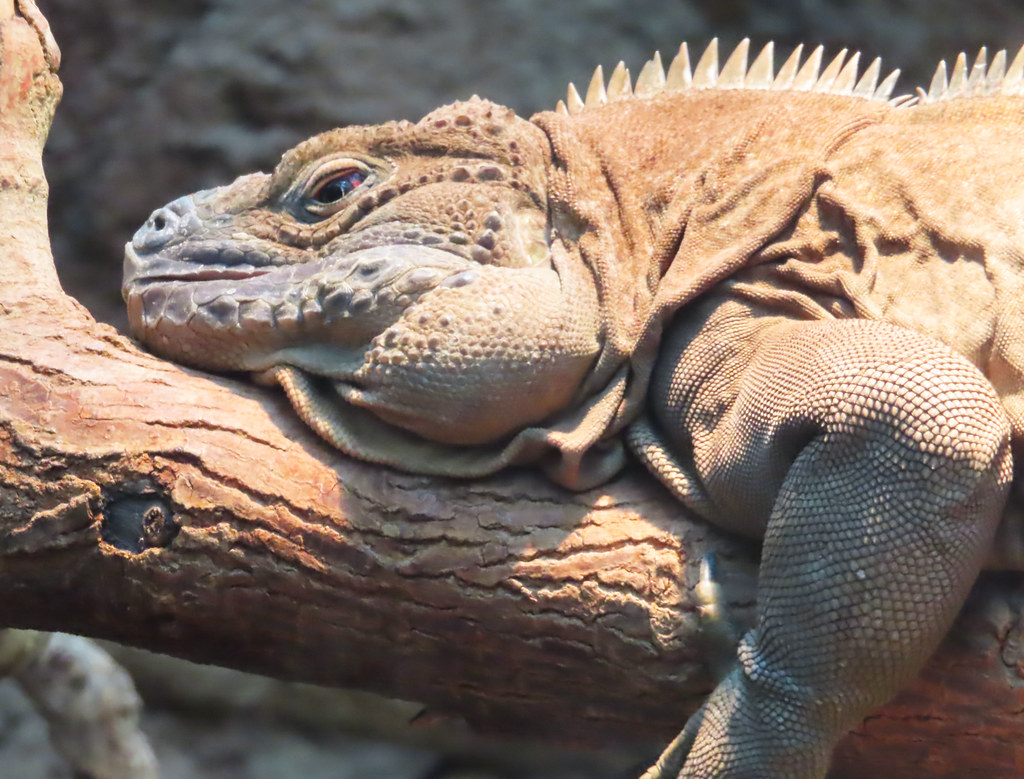
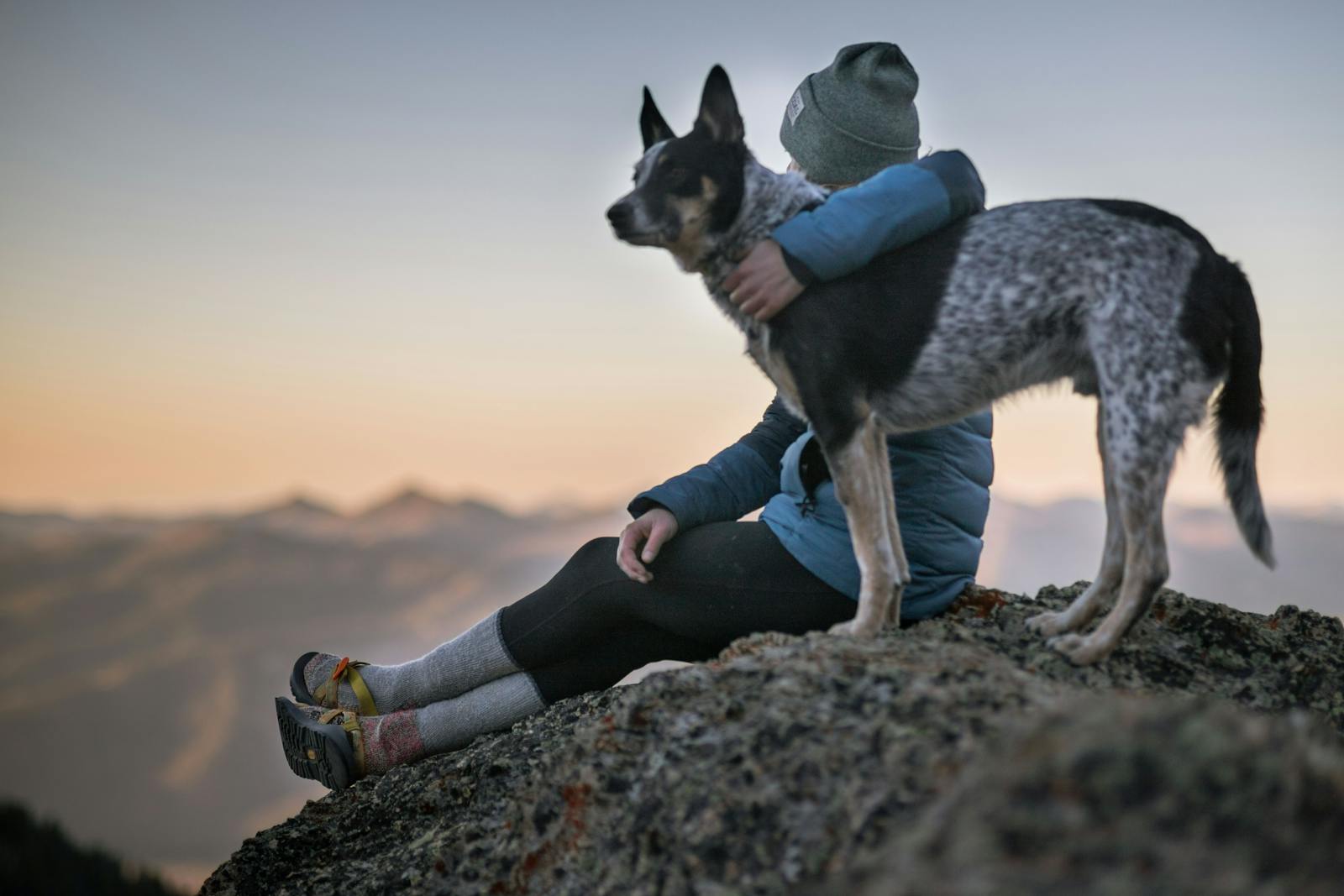

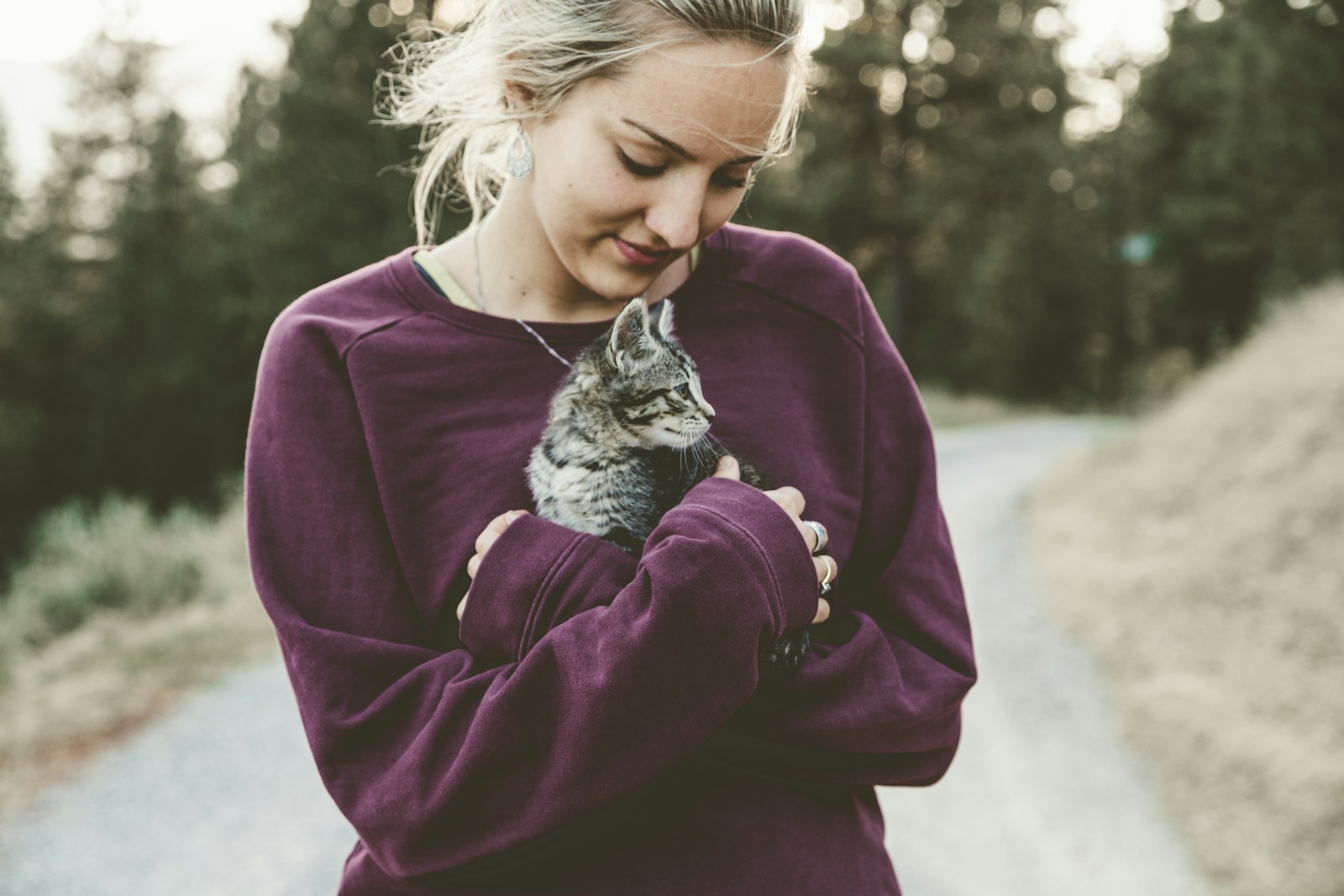



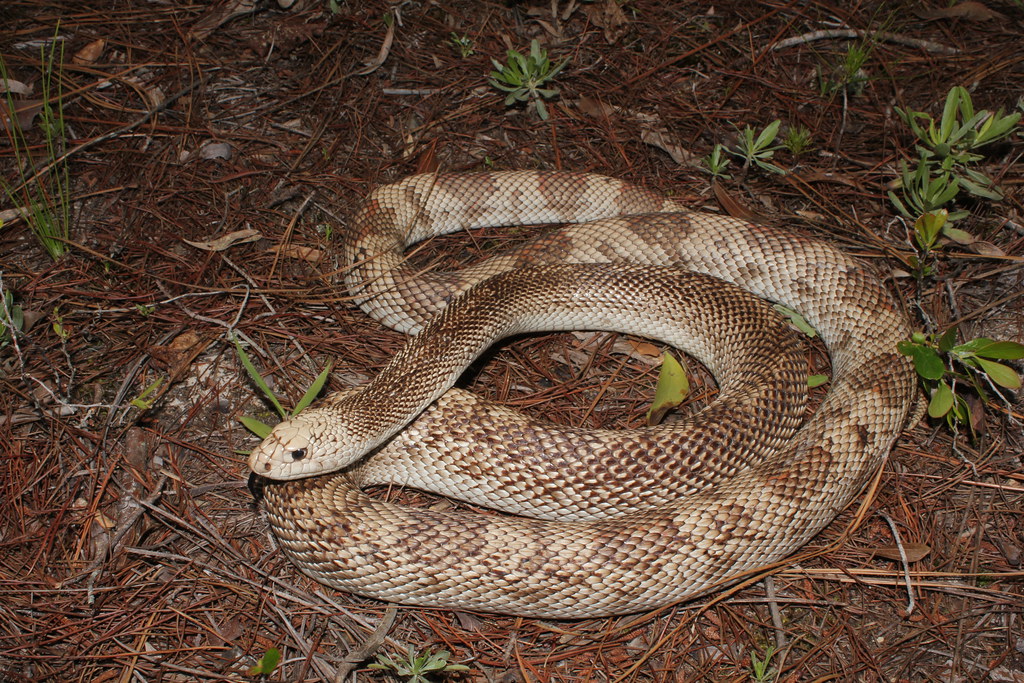





Leave a Reply